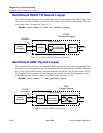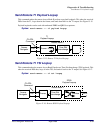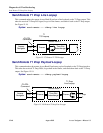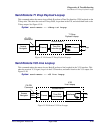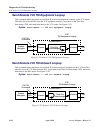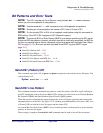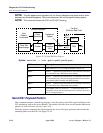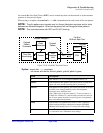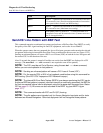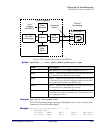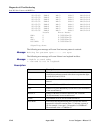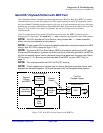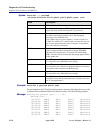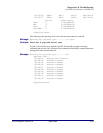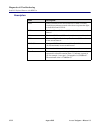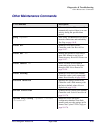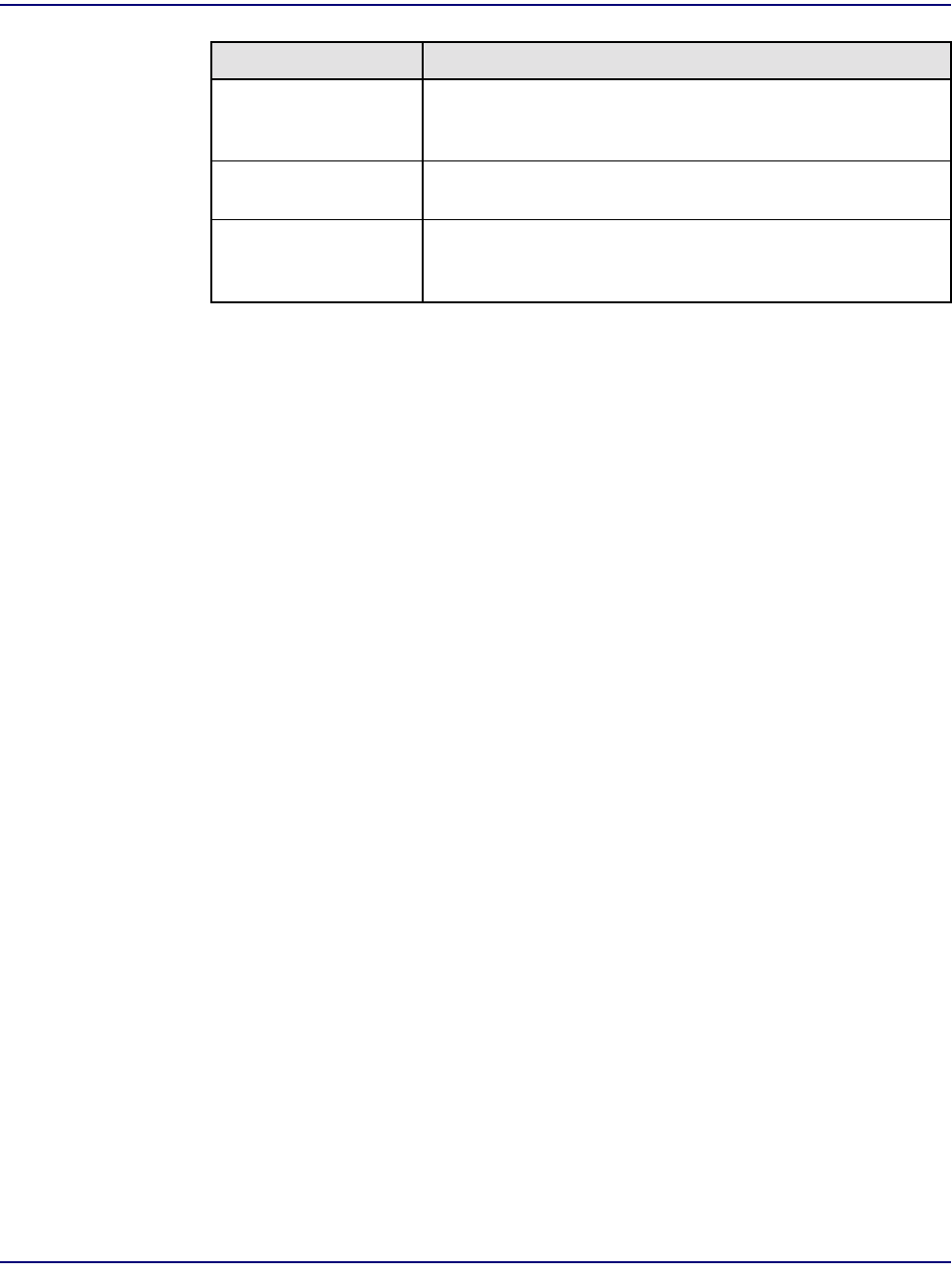
15-46 August 2003 Access Navigator - Release 1.8
Diagnostics & Troubleshooting
Send DS1 Line Pattern with BER Test
Send DS1 Line Pattern with BER Test
This command transmits an unframed test pattern and performs a Bit Error Rate Test (BERT) to verify
the quality of the DS1 signal reaching far-end CSU equipment, such as the Access Bank II.
When the operator enters the test command, the Access Navigator generates and transmits the selected
test pattern while using its internal Bit Error Rate Tester to measure the bit error rate (see Figure 15-25).
Sending an unframed pattern will cause a DS1 Loss of Frame (LOF) on both the Access Navigator and
the remote CSU for the duration of the test.
After 10 seconds the pattern is turned off and the test results from the BERT are displayed in a CLI
message. (The send ds1 <n> off command is not required to turn off the pattern.)
NOTE: The DS1 must be set Out of Service, using the set ds1 <n> down command,
before you can use loopbacks or test patterns.
NOTE: Sending an unframed pattern will cause a DS1 Loss of Frame (LOF).
NOTE: Put the remote CSU or NIU in line loopback mode before using this command for
BER testing. (See DS1 CSU Loopup and DS1 Network Loopup.)
NOTE: The internal Bit Error Rate Testers (BERTs) are always monitoring the DS1 inputs.
Anytime a BER test pattern is present, whether internally or externally generated, the BER for
the last one-second interval can be displayed using the status ds1 command (see Status
DS1 on page 15-13). Bit errors are also recorded in the BERT log (see BERT Log on
page 15-7).
NOTE: This command works with ESF and D4 (SF) framing.
NOTE: The p2e patterns are intended only for Access Navigator loop tests and for tests
between two Access Navigators. Other test equipment will not recognize these patterns.
p2e15 Send 2
15
–1 pattern with a maximum of 14 consecutive zeros and
15 consecutive ones. (Provides maximum number of consecutive
zeros permissible in framed, non-B8ZS testing.)
p2e23 Send 2
23
–1 pattern with a maximum of 22 consecutive zeros and
23 consecutive ones. (Maximum stress testing.)
qrss Send QRSS pattern (a modified 2
20
–1) with a maximum of 14
consecutive zeros and 20 consecutive ones. (Common stress test
for T1 data applications.)
Field Description



